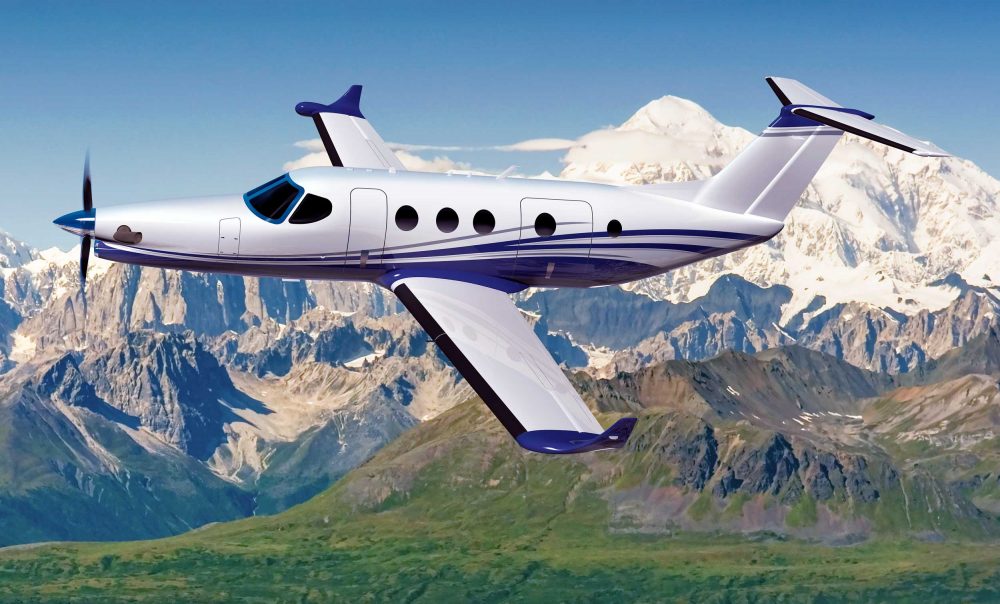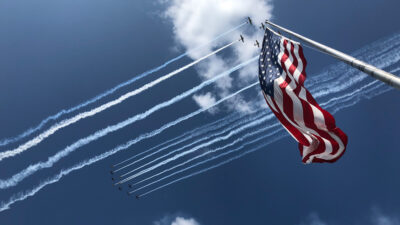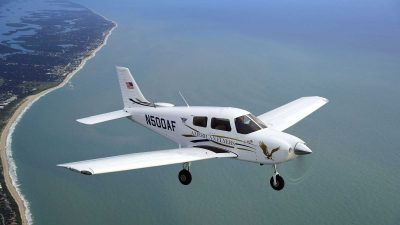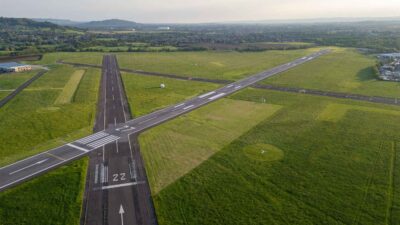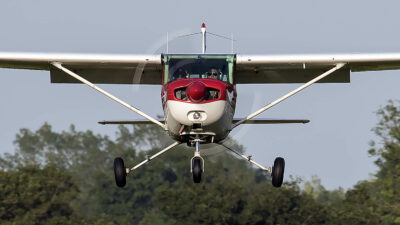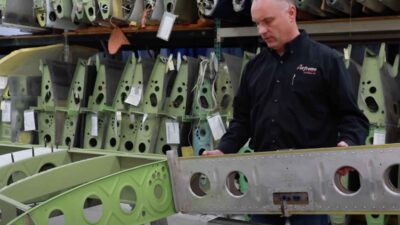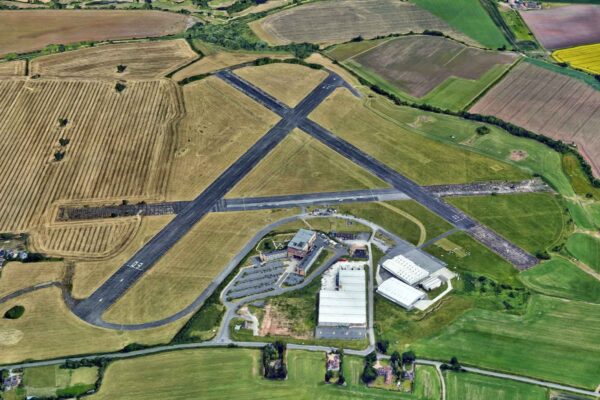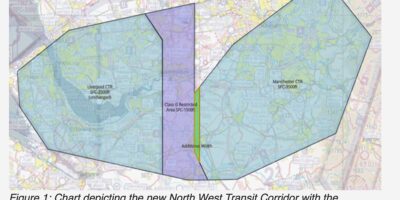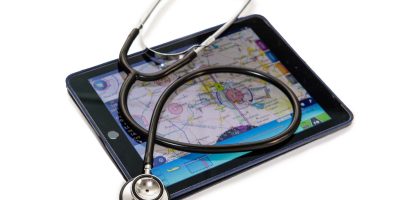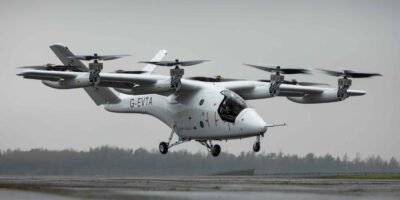Textron Aviation has revealed that its new single-engine turboprop aircraft will be badged ‘Cessna’ and be named ‘Denali’, after the highest mountain in North America. A mockup of the Denali is on show at the EAA AirVenture event which started yesterday at Oshkosh, USA.
There had been speculation that the aircraft would be a Beechcraft, to go alongside the King Air twin-engine turboprop range. First flight of the Denali, a clean-sheet design, is scheduled for 2018, said Textron.
The company has high ambitions for the aircraft. “Simply put, no aircraft in this class even comes close to the Cessna Denali,” said Kriya Shortt of Textron. “We are confident the Denali will quickly rise as the leader in the high-performance single engine turboprop market.”
Textron says the $4.8m Cessna Denali is designed to outperform its competition in capability, pilot interface and ownership costs. Key performance targets are 15-20% lower operating costs, cruise speed of 285kt, full fuel payload of 1,100lb, and a range of 1,600nm at high speed cruise with one pilot and four passengers – that’s London to Moscow.
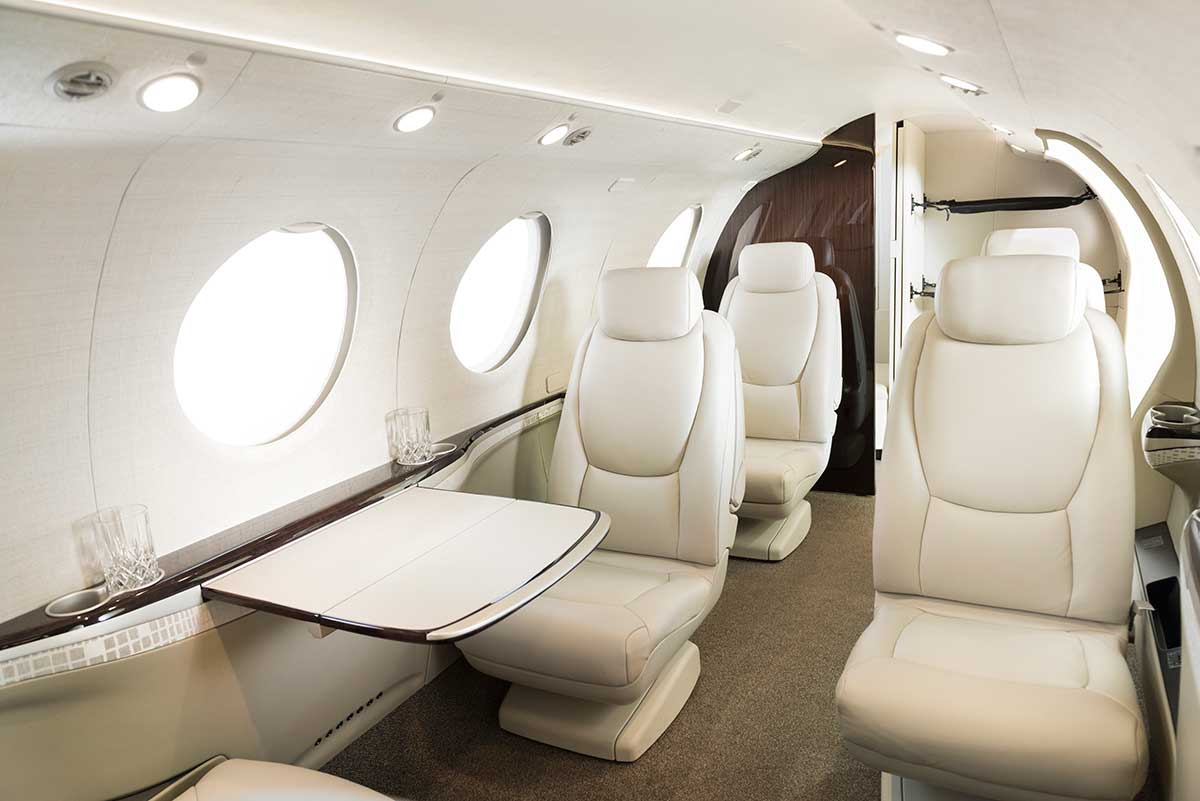
Cabin of the new Cessna Denali single-engine turboprop.
Unusually, Textron has chosen to power the Denali with GE’s new turboprop engine rather than the Pratt & Whitney PT6 with which it has plenty of experience (King Air, Caravan). It is a FADEC-equipped, 1,240 shaft horse power (SHP)-rated turboprop engine with its single-lever power and propeller control. Propeller is McCauley’s new 105-inch diameter composite, 5-blade, constant speed propeller, which is full feathering with reversible pitch and ice protection. The engine is designed to provide an initial 4,000 hour time between overhaul.
Avionics are Garmin’s G3000 touchscreen flightdeck and will include weather radar, advanced Terrain Awareness Warning Systems (TAWS), and automatic dependent surveillance-broadcast (ADS-B) capabilities.
The beauty of a clean-sheet design is that Textron can deploy many lessons learnt including a flat-floor cabin claimed to be the largest in its segment, quickly convertible between passenger and cargo configurations, and with a 53-inch wide by 59-inch high aft cargo door. Standard seating is six with a nine-place high density option.
Cessna Denali


